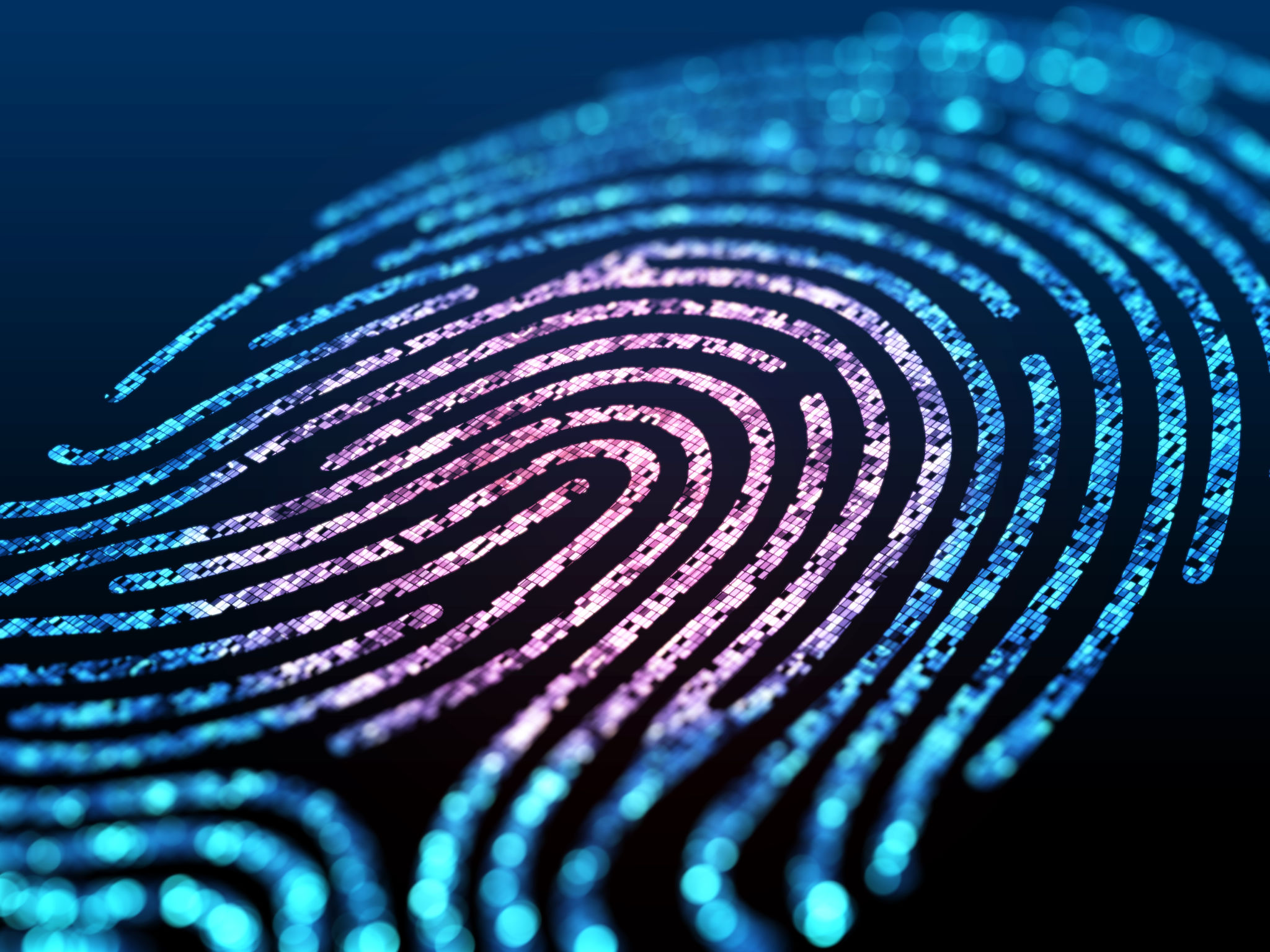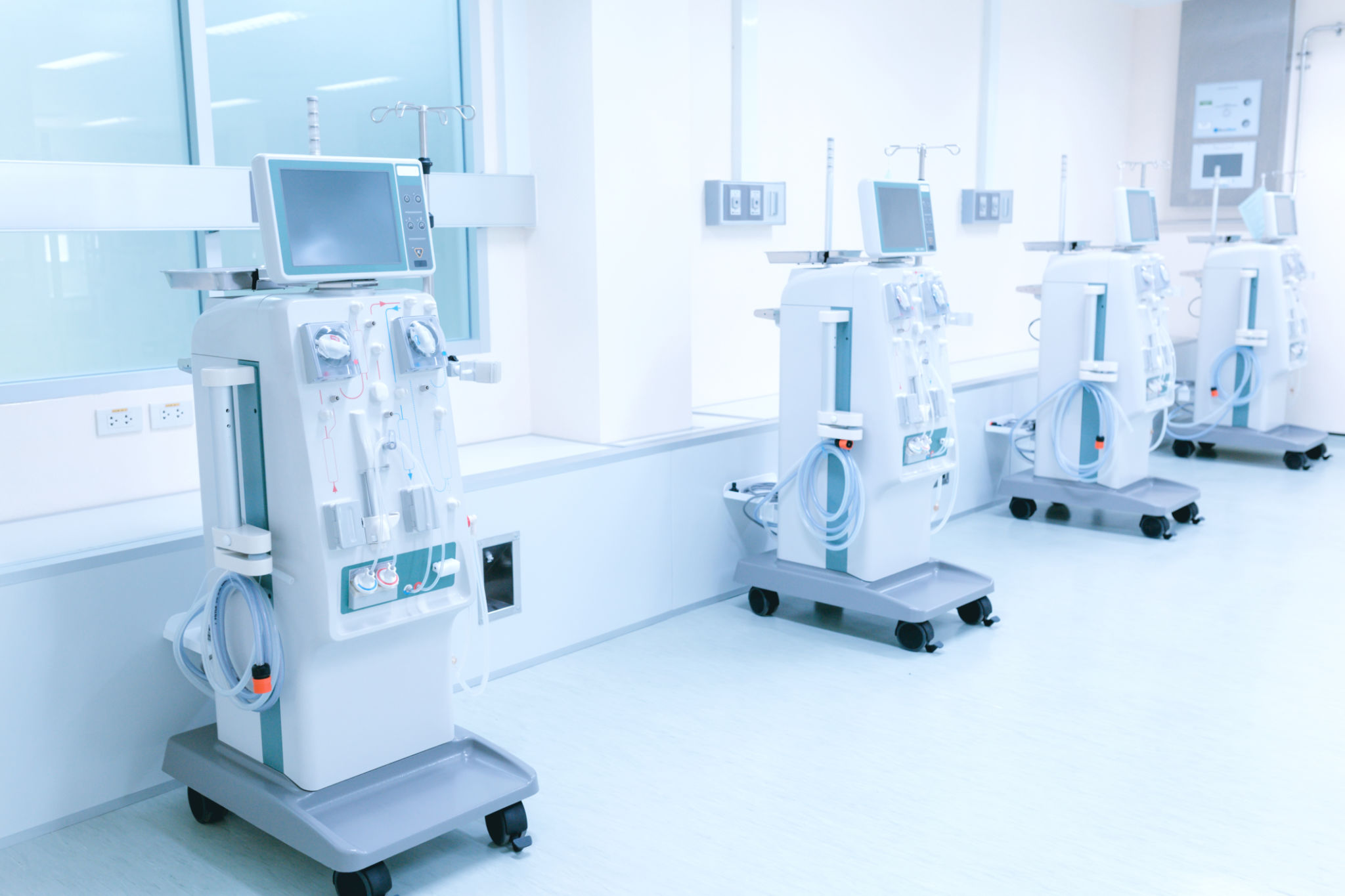Case Study: How Biometrics Transformed Equipment Efficiency in Local Clinics
Introduction to Biometrics in Healthcare
Biometrics, the measurement and statistical analysis of people's unique physical and behavioral characteristics, has been gaining traction in various sectors, including healthcare. This technology offers promising solutions for enhancing equipment efficiency in local clinics. In this case study, we explore how a network of local clinics successfully integrated biometrics to improve operations and patient care.

The Challenge: Inefficiencies in Equipment Usage
Local clinics often face challenges related to equipment management, such as unauthorized access, inefficient utilization, and high maintenance costs. These issues can lead to increased operational costs and compromised patient care. The need for a robust solution to optimize equipment efficiency became evident as clinics sought ways to streamline operations without compromising the quality of service.
Implementing Biometric Solutions
To address these challenges, the clinics opted for a biometric-based approach. This involved the integration of fingerprint scanners and facial recognition systems with their existing equipment. The objective was to ensure that only authorized personnel could access and operate specific medical devices, thereby enhancing security and reducing misuse.
Moreover, the biometric system was designed to track equipment usage patterns, providing valuable insights into how often and by whom each piece of equipment was used. This data proved instrumental in optimizing maintenance schedules and resource allocation.

Results: Improved Efficiency and Cost Savings
The implementation of biometric solutions led to several notable improvements:
- Reduced Unauthorized Access: Only authorized personnel could access critical equipment, significantly reducing the risk of misuse.
- Enhanced Equipment Utilization: Detailed usage data allowed clinics to identify underutilized equipment and redistribute resources effectively.
- Lower Maintenance Costs: Predictive maintenance schedules based on actual usage patterns minimized downtime and repair expenses.
Impact on Patient Care
With improved equipment efficiency, clinics could allocate more time and resources to patient care. This led to reduced waiting times and enhanced patient satisfaction. Moreover, the reliability of well-maintained equipment ensured higher standards of care and safety for patients.

Challenges Faced During Implementation
Despite the successes, the integration of biometric systems was not without challenges. Initial costs for technology acquisition and staff training were significant barriers. Additionally, some staff members expressed concerns about privacy and data security, which necessitated comprehensive training sessions to address these issues.
The Importance of Staff Training
Effective staff training was crucial for the successful implementation of biometric systems. Training focused on system operation, privacy protocols, and troubleshooting techniques. By involving staff in the implementation process, clinics ensured smoother transitions and higher acceptance rates among employees.
Conclusion: A Model for Future Adoption
The successful application of biometrics in these clinics serves as a model for other healthcare facilities looking to enhance their operational efficiency. By addressing both technological and human factors, these clinics have set a precedent for how biometric solutions can be leveraged to transform healthcare practices.
As more healthcare providers recognize the potential of biometrics, it's likely that this technology will become an integral part of healthcare infrastructure globally, driving forward both efficiency and patient care quality.
